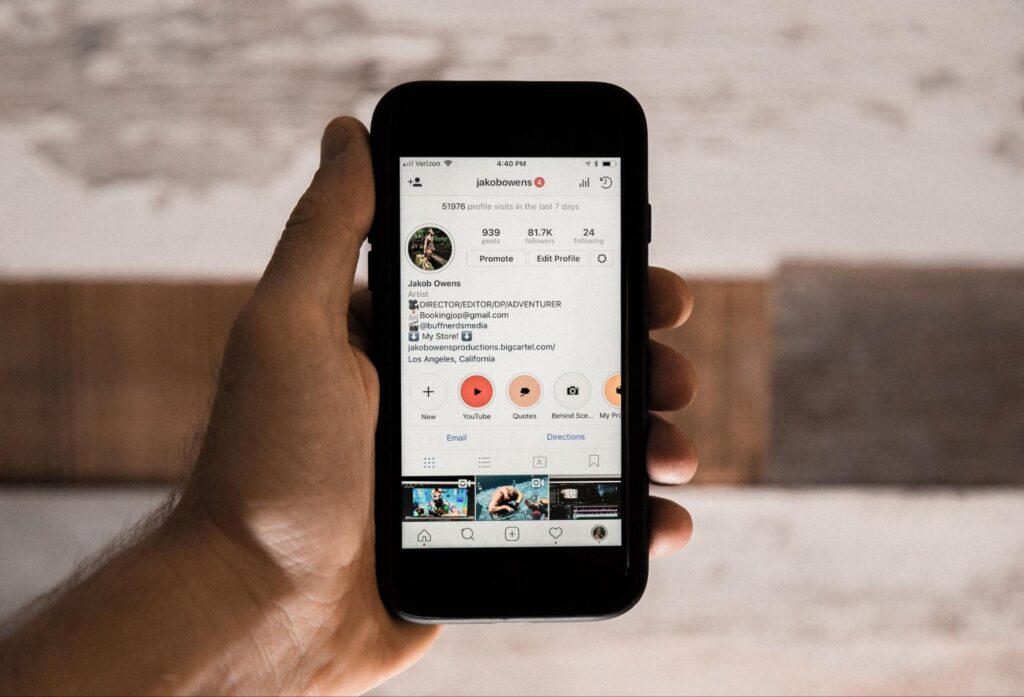
A comprehensive digital marketing strategy is incomplete without influencer marketing in this day and age. Brands looking to maximize reach on social media networks for generating more leads and increasing sales need to rely on users who have built significant online followings. Their audiences can be leveraged through targeted campaigns to achieve the aforementioned objectives.
The common perception seems to be that influencer marketing is only effective when brands work with popular influencers that have hundreds of thousands, if not millions, of followers across multiple networks. That couldn’t be further from the truth. Micro influencers can be just as effective, and in some cases, even more. Therefore, digital marketers who wish to extract the most value from their campaigns should consider micro influencers.
Who is a micro influencer?
As the name suggests, a micro influencer is one who doesn’t have a massive social media following. They will typically have between 10,000 and 100,000 followers on one or across all of their social media platforms. At first glance, this may seem inadequate in the context of an influencer marketing campaign.

However, these smaller audiences tend to be highly engaged and generally interact a lot more with the content that the micro influencers they follow post. That’s largely because there is a relationship of approachability, relatability, and trustworthiness between them. The products and services recommended by a micro influencer are viewed as suggestions from a friend, rather than an online celebrity.
Why brands should work with micro influencers
An influencer who has a lot of followers is going to charge significantly higher rates compared to a micro influencer. For many brands, particularly startups, it may not be feasible to spend so much on a single campaign. With multiple micro influencers, they can potentially reach an even wider audience at a lower cost.
While influencers who are considered online celebrities may charge hundreds of thousands of dollars for a single post, micro influencers offer access to their audiences at a far more affordable rate. You can generally expect to pay the following rates for a post on the leading social media networks:
- Instagram: $100 – $1000 per post
- Facebook: $250 – $1000 per post
- YouTube: $200 – $1,500 per video
- Twitter: $10 – $100 per tweet
- TikTok: $50 – $150 per video
The rates that micro influencers charge will definitely vary based on the reach they’re able to provide, the demographics of their audience, the engagement rates of their content, etc. These are an estimate of the price ranges that you can expect, the micro influencers you choose to work with may offer lower or higher rates.
One would think that the higher the number of followers an influencer has, the more likes, comments, shares, and views their content will get. That may be true when you look at the absolute figures but when you consider percentages, they tell a different story.
Studies have shown that micro influencers average a 6% engagement rate on social networks like Instagram whereas mega influencers, the ones who are bona fide online celebrities, only get engagement rates of around 1.97%. Digital marketers can leverage this to their advantage by working with micro influencers that have built targeted audiences in their niche.
Effective targeting is the secret to a successful influencer marketing campaign. If the person you choose to promote your products has an audience that has no use for or interest in your product, you’re basically wasting your ad spend. There may be a temptation to cast a wide net with an influencer that has a few million followers, but if the audience isn’t a good fit, the campaign won’t be successful.
Micro influencers on the other hand generally have very tight knit niche communities focused around a particular interest. For example, if you’re a clothing brand, you could work with micro influencers in the lifestyle and fashion niche. Their followers will generally be more receptive to clothing recommendations from them and the campaign would thus have a higher chance of converting them into customers.

How to Find Micro Influencers to Work With
The easiest way to find micro influencers to work with is by looking at your existing followers’ list. Check if you have people following you that fit the definition of a micro influencer. You can do that by reviewing your followers, brand mentions, email subscribers, etc. Identify the individuals that are already enthusiastic about your brand and approach them with the offer of a paid collaboration.
They are already familiar with what you offer and have their own reasons to advocate for your products. This familiarity and genuine interest will shine through in their content and recommendations, resonating strongly with their followers and potential customers.
Social media platforms are naturally where you’ll find influencers of all types. Search for hashtags relevant to your brand or product to identify people who align with your niche. Hashtag research will deliver a pool of potential micro influencers that you can further shortlist to pick the ones that give your campaigns the best shot at success. These influencers will likely have more engaged followers that share the same interests and preferences.
There are several third-party platforms as well that you can use to find micro influencers. They maintain databases of influencers across different niches, making it relatively easy to access a sorted pool of candidates that may fit your campaign requirements.
Ready to kick off your first Micro influencer marketing campaign?
Outline your expectations
Make sure that you’re clearly communicating your goals and expectations from the campaign to the micro influencer. This will form the solid foundation of a mutually beneficial partnership. Verify their audiences Don’t just go by the numbers that they provide. Verify their engagement metrics to ensure that you’re accessing the reach that you’re paying for.
Negotiate rates
Micro influencers are generally more flexible on their rates compared to those with large followers. If you’re open to a long term arrangement, they may be willing to offer better rates in exchange for consistent work.
Track and Monitor Results
Keep a close eye on all campaign metrics to make sure that the KPIs are being met. The data will also help you make any adjustments and optimizations as and when necessary.
Focus on forging long term partnerships

Close collaboration with up and coming influencers can pay long term dividends. As their audiences inevitably grow, so will their reach and your access to it. A long term relationship will ensure that you’re prioritized by the influencer for campaigns in the future, enabling you to extract the maximum benefit from their success.


